Your Trusted Partner For Explosives Testing And Analysis
Explosives are often analyzed as part of Department of Defense (DOD) projects and by those involved in the manufacture, testing, distribution, and transportation of these potentially dangerous products. In 2001, the DOD developed the Military Munitions Response Program (MMRP) to address Munitions Response Sites (MRSs) at active installations, Formerly Used Defense Sites (FUDs), and Base Realignment and Closure (BRAC) locations.
The largest American-owned environmental testing lab, Pace® offers industry-leading testing capabilities to support the cleanup and restoration of Munition Response Sites and other impacted properties across the country. With over three decades providing specialized testing services on numerous DOD projects, Pace® is your partner to help support environmental compliance and remediation projects.
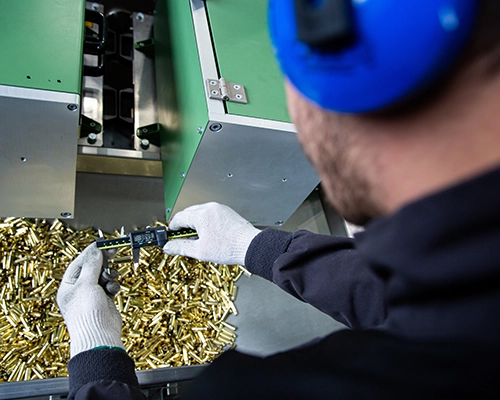
How Do Sites Become Contaminated With Explosives?
Over a thousand sites in the United States are contaminated by explosives. This contamination comes from various sources, such as waste produced during the creation of explosive chemicals, the assembly of finished munitions, residues from munitions testing and training, demilitarization of ordnance, and disposal of out-of-date or off-specification materials. These activities have contaminated soil in and around ammunition plants, depots, and testing and training ranges. In some cases, contaminated soil has also led to groundwater contamination in aquifers beneath these facilities.
What Is The Military Munitions Response Program (MMRP)?
The Department of Defense (DOD) takes responsibility for safeguarding the public from potential hazards related to military operations, both past and present. To address concerns regarding the use of military munitions in training and testing, the DOD created the Military Munitions Response Program (MMRP) in 2001. The MMRP addresses risks related to military munitions outside of operational ranges on active military installations, Base Realignment and Closure (BRAC) installations, and Formerly Used Defense Sites (FUDs). The program targets non-operational range lands with suspected or known hazards from Munitions and Explosives of Concern (MEC) prior to September 2002.
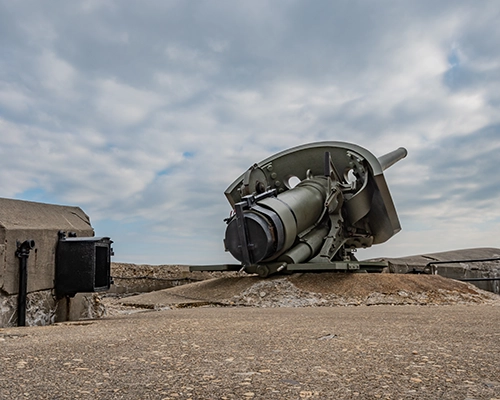
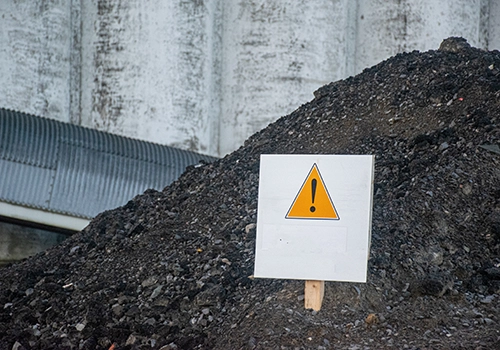
How Are Munition Response Sites Prioritized?
The MMRP program prioritizes sites for cleanup based on risk to human health and the environment. The Army maintains a prioritized inventory of its munitions response sites. While cleanup at Munition Response Sites within the DOD’s MMRP will not be completed for several decades, installations may still benefit from an analysis of MEC in the local environment.
What Are Nitroaromatics?
Nitroaromatic compounds are organic molecules with at least one nitro group (-NO2) attached to an aromatic ring. These compounds are widely used to produce various products, including dyes, polymers, pesticides, and explosives, making them one of the largest and most important groups of industrial chemicals. Nitroaromatic compounds used as explosives include 2,4,6-trinitrotoluene (TNT), 2,4-dinitrotoluene (2,4-DNT), and a new insensitive munition material, 2,4-dinitroanisole (DNAN).

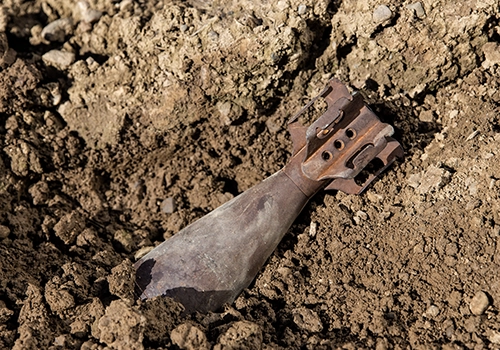
Why Is Explosives Testing Important?
After decades of munitions-related activities in support of military readiness, unexploded ordnance (UXO), discarded military munitions (DMM), and munitions constituents (MC) may be found at many military installations and other munitions-related facilities. The MMRP focuses on the safety, health, and environmental issues these remnants may cause. For example, high concentrations of UXO, DMM, and MC can pose an explosive hazard and lead to environmental contamination.
How Is The Cleanup Of Munitions Response Sites (MRS) Regulated?
The EPA oversees the DOD’s cleanup of MEC on military installations primarily through the Comprehensive Environmental Response Compensation and Liability Act (CERCLA/Superfund) or as hazardous waste under the Resource Recovery and Conservation Act (RCRA) Subtitle C. Other authorities besides CERCLA and RCRA that may govern explosives contamination include:
- Clean Air Act (42 U.S.C. §§ 7401, 7412(r) and 7603)
- State Superfund Laws
- State RCRA Programs
- Other State Hazardous Waste Management Programs
- Tribal Hazardous Waste Management Programs
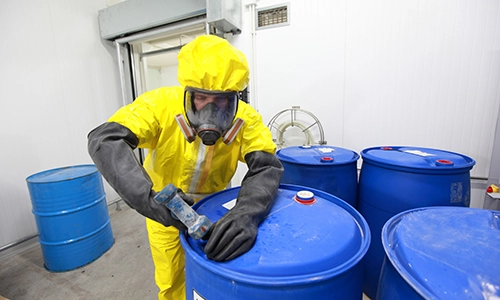

At The Forefront In Explosives And Nitroaromatics Testing
Pace® provides a wide range of testing services for Explosives and Nitroaromatics in soil with defensible results to support Department of Defense Installations, Commercial Formulation /Supplier Programs, and Site Investigations/Remediation Programs. Our analysis capabilities include:
- High-Performance Liquid Chromatography (HPLC)
- Nitroglycerine by High-Performance Liquid Chromatography
- Explosives by Gas Chromatography
- Semi-volatile Organic Compounds by Gas Chromatography/Mass Spectrometry (GC/MS)
- Nitrate by Ion Chromatography
- Nitrocellulose by Automated Colorimetry
- Low Volume Initiatives
- Incremental Sampling Methodology
Additional Resources
Need to find a lab that can handle your unique requirements?
Contact us directly or download our list of environmental certifications across our network.